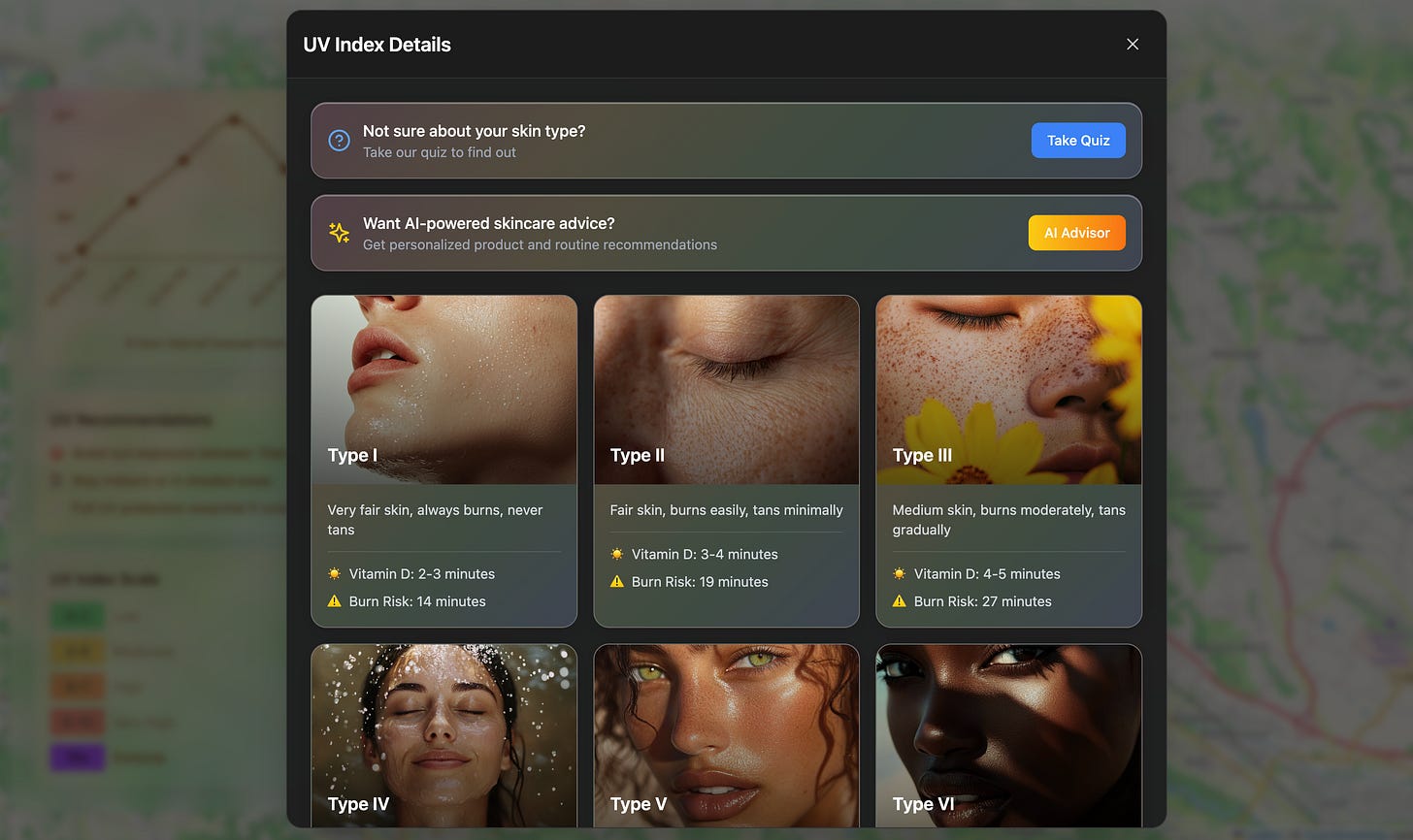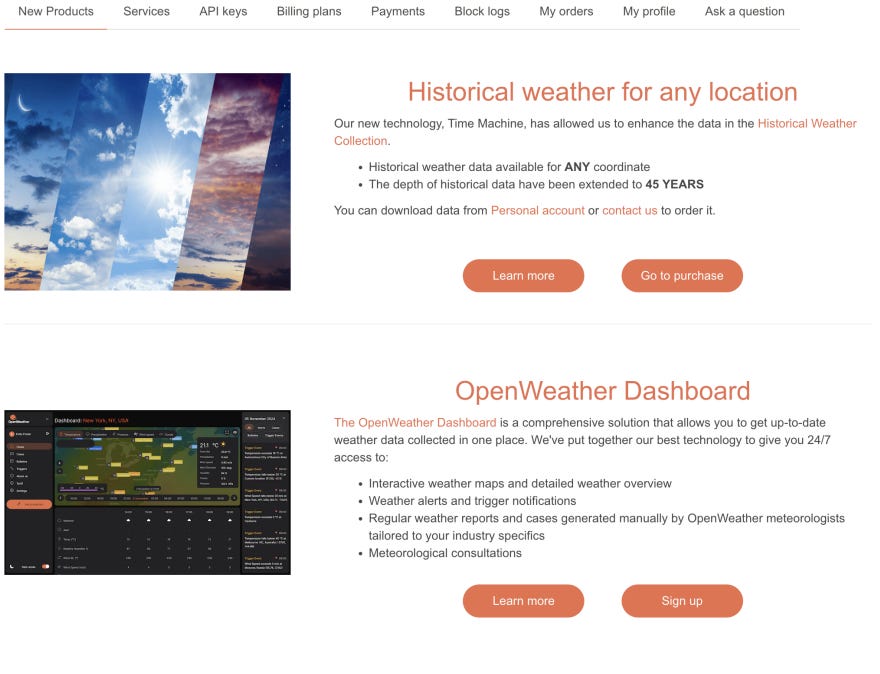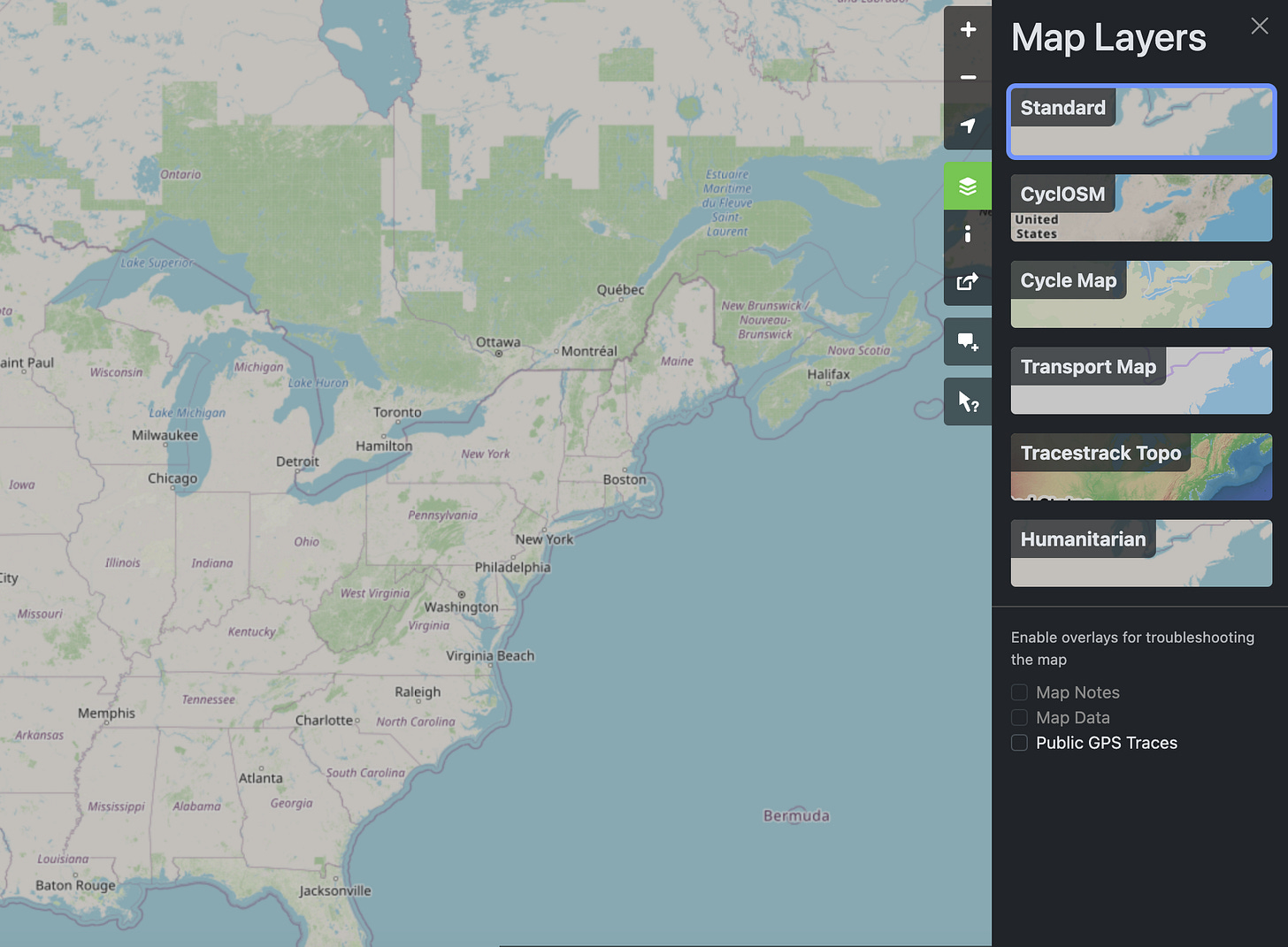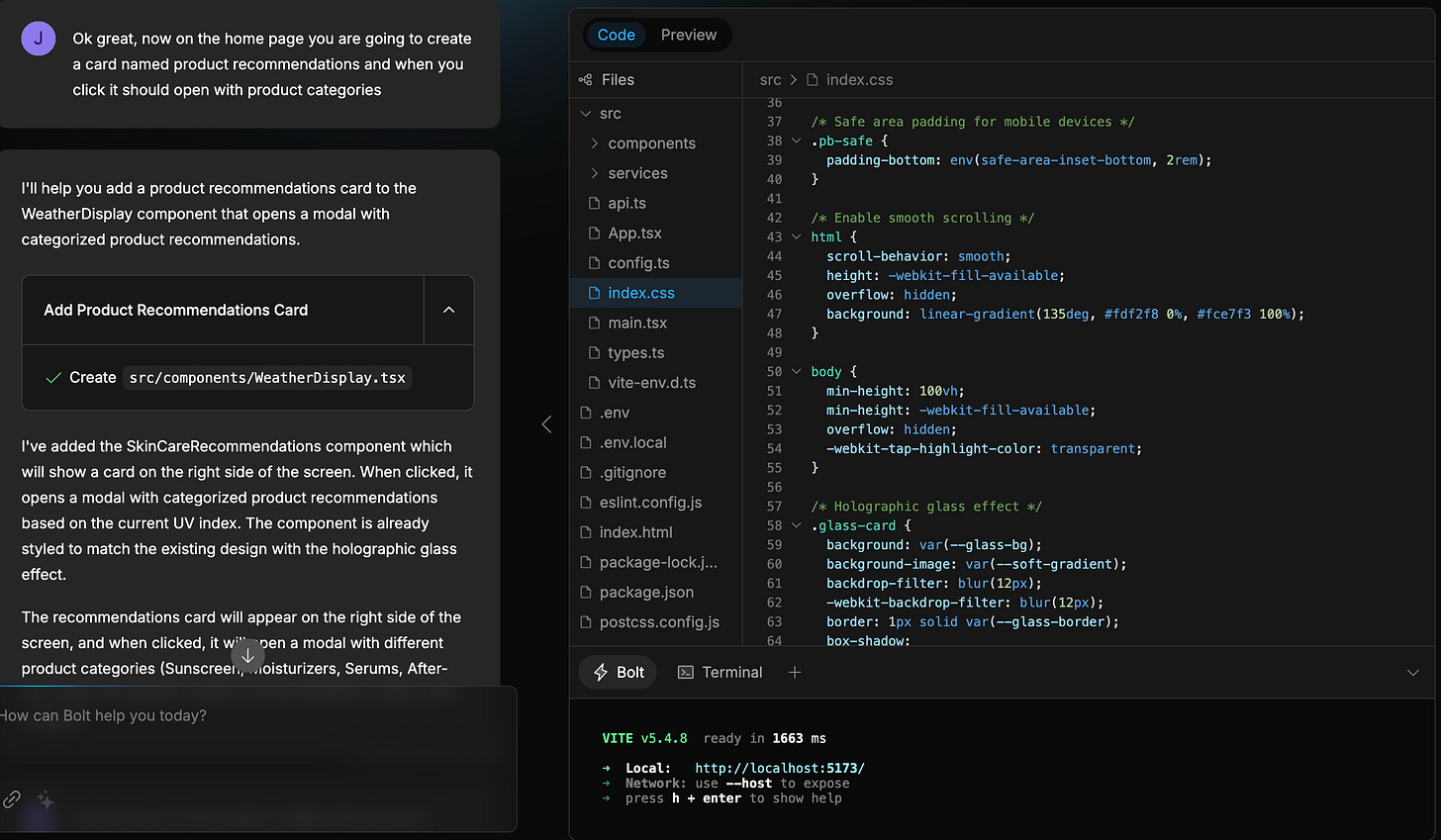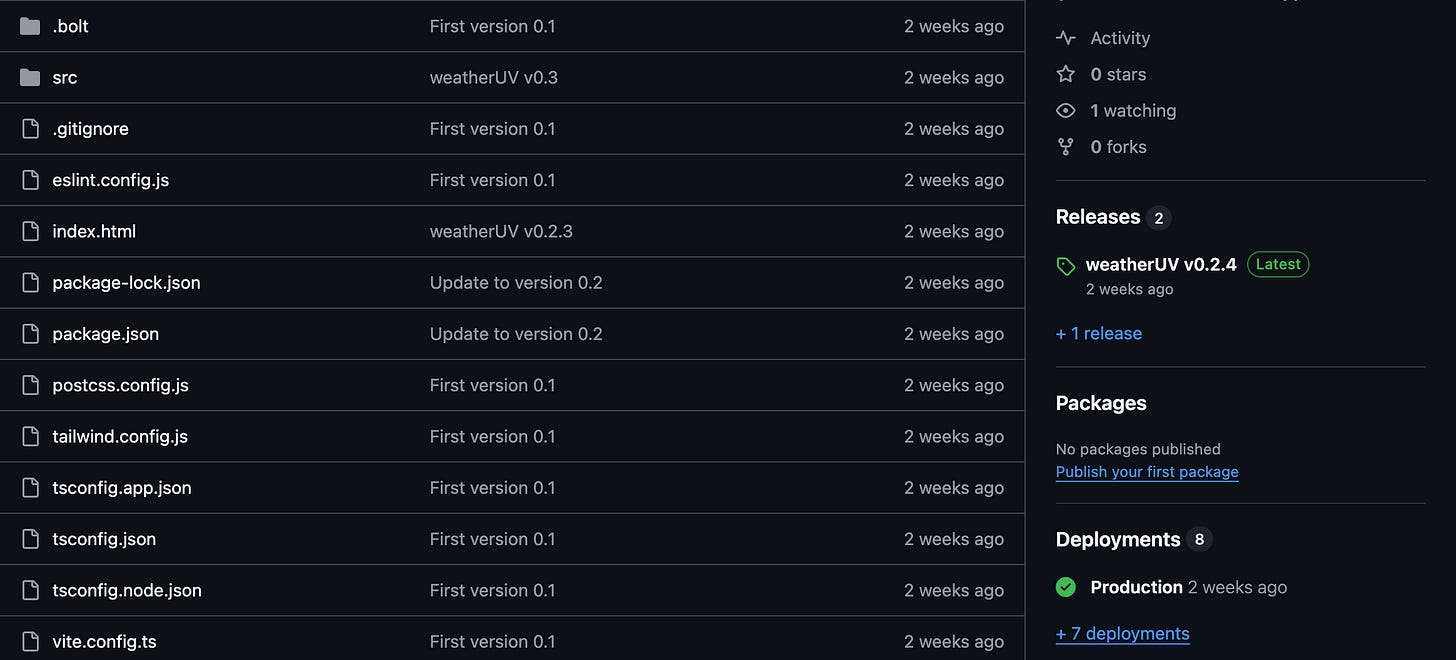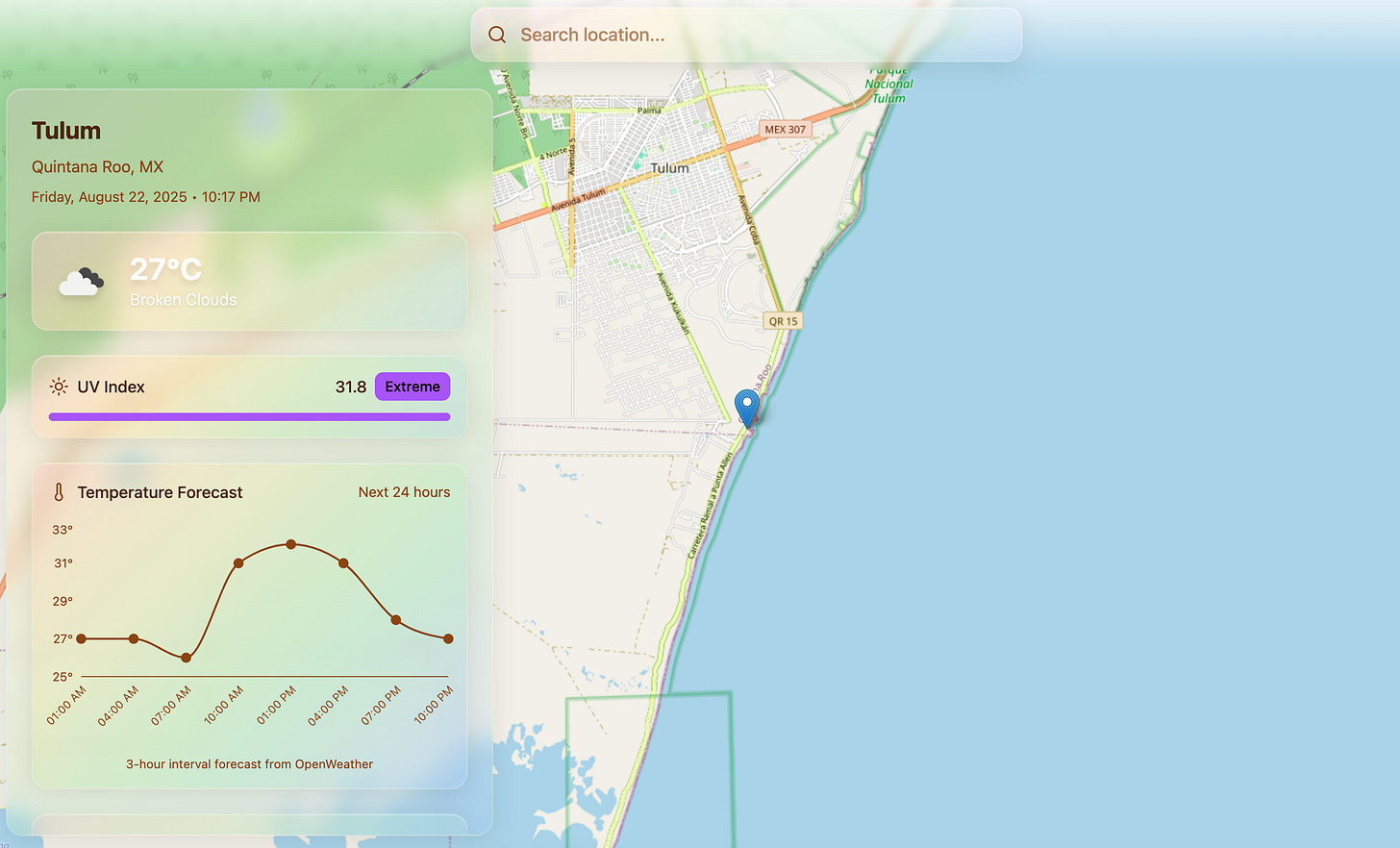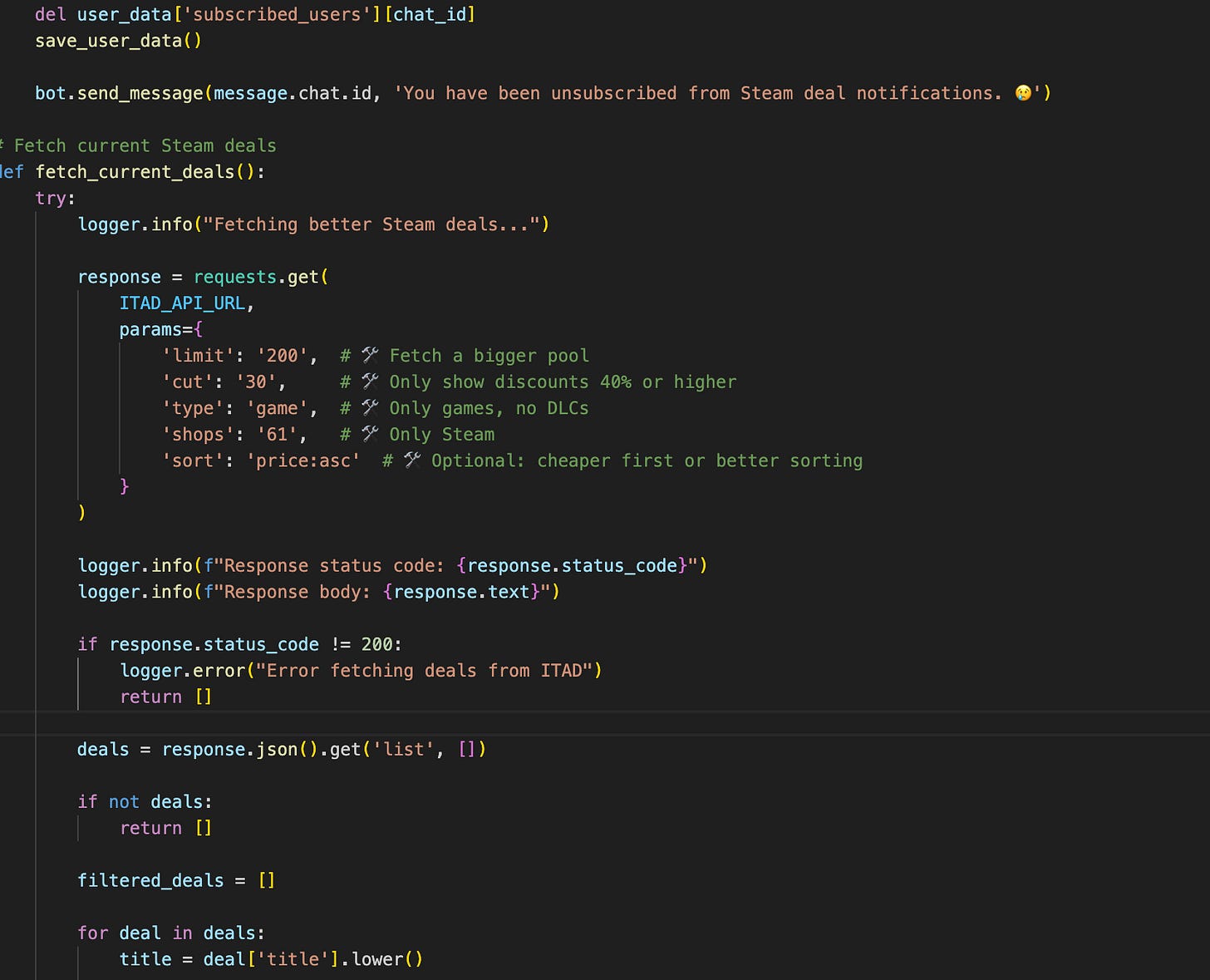Vibe Coding: The Future of Software Development
The era of build fast, fail fast, and iterate fast is here.
We’re living in a time when the line between coding and creativity has blurred, and tools are emerging that allow anyone, regardless of programming experience to build apps, websites, and digital products at lightning speed. This trend has been given a catchy name: vibe coding.
“You sitting in your coach, drinking redbull and vibing with code? what does that even mean, letting AI do the coding for you while you listen to a podcast and acept all the changes the AI makes?
You might be wondering, “Is this really coding? You sitting in your coach, drinking redbull and vibing with code? What does that even mean? letting AI do the coding for you while you listen to a podcast and accept all the changes the AI makes? Well, yes and no. The vibe part is the exciting shift from traditional coding practices to a world where you describe what you want and get the base. You refine it. You ship it. All in record time.
The Evolution of SaaS and Tools at Your Fingertips
For those unfamiliar, SaaS (Software as a Service) is a model where you’re renting access to software instead of owning it. Think of platforms like Canva or Microsoft Excel, tools that provide you a service in the form of software. Sure, there are free versions, but most of the value comes from the premium offerings.
But here's where vibe coding comes in. Imagine a world where you don’t need to learn complex coding languages to build a SaaS product. Instead, all you need is an idea, some basic knowledge of how things work under the hood (like APIs and authentication), and a handful of AI tools to pull it all together.
You don’t need to worry about writing long lines of code or managing backend servers. You can simply harness the power of AI-driven platforms that build apps for you, based on your description. These platforms like Bolt.new, Cursor, and Vercel are revolutionizing how products are built, allowing even the most novice user to bring ideas to life faster than ever before.
The Importance of the Basics
While AI can help you rapidly create your product, you still need a basic understanding of the infrastructure that supports your app. Things like authentication (making sure the users are who they say they are), APIs (which let your app talk to other services), and databases (where all the user data is stored).
For example, if you want to integrate a weather widget, you’ll use an API key from an external service to pull weather data into your app. You don’t need to know how to build the API yourself, just how to integrate it properly. It's not hard, but it's vital to know these components to get started and make sure your app functions smoothly.
But I’m not gonna lie, putting this all together for someone that does not know how to code like myself is quite difficult, the good thing is that by learning a few things you can set things up with the help of AI.
So I created a meme generator app with the help of Bolt.new one of these tools, you can check the entire process by clicking here.
The Rise of Vibe Coding
Tools are accelerating product development in ways we could only imagine a few years ago. What used to take months or even years can now be accomplished in days—or even hours. The idea → product gap is shrinking fast. No more waiting for months of development cycles.
Now, you can:
Write what you want
Get the base
Make small tweaks
Ship it
This speed, this efficiency, is why vibe coding has become so popular. It’s not just coding; it’s creating at the speed of thought.
Why You Still Need Taste and a Personal Brand
However, just because tools make the process easier doesn’t mean that everyone will succeed. The winners won’t be the ones who simply build; they will be the ones who solve real, core problems for people. The ability to distribute your product to the masses is where personal branding and audience engagement come into play.
You can’t just launch an app or a product and expect success. To truly win, you need to know your audience, understand their pain points, and be able to distribute your solution effectively. This is where personal branding comes in. Having an audience gives you a competitive edge. By sharing your journey, whether through TikToks, LinkedIn posts, or other platforms, you create a foundation that you can leverage to gain feedback, iterate faster, and sell your products before anyone else.
The Game-Changer
Let’s face it, we are at a unique moment in time. The ability to go from idea to product in a weekend is a game-changer. Whether it's an MVP for a new SaaS app or a meme generator, the gap between inspiration and execution has never been smaller. With the right tools and mindset, almost anyone can bring a product to life.
But just as important is understanding that this new era of development requires more than just coding skills. It requires creativity, vision, and a deep understanding of your audience. With AI and the right tools, we’ve entered an era where the barrier to entry has collapsed, but the real magic will still come from those who can solve problems that matter to people.
How I created a climate skin-care app with AI
In under 12 hours, I created an MVP for a skincare app that gives you personalized recommendations based on the UV real time data so people can take care of their skin.
It started like a weather app but then naturally transitioned to this idea. So I knew I needed an open API to get real time weather data and I decided to gowith Openweather’s API. I created an account and got my API key
Also one of the features I wanted to have is to be able to search for a location and have the map of that specific location so again I decided to use an open source service, in this case for the map I used OpenStreetMap, with these accounts created let’s go build this thing.
I created an account on Bolt.new to help me write the code and an account on Vercel.io to deploy the application to the web. These tools make everything so easy and fast. I also made sure to set up my GitHub account and linked it with Vercel so that way it would be easier to update the app, where I get the code from bolt and upload it into GitHub as a new version.
Building with Bolt
Bolt is really simple to use, you just give it a prompt and the AI codes and gives you a live view of what your app is looking like, from there is just working with boltto test, add new features and fix bugs and errors.
I also used Claude to help me fix bugs and to explain Bolt what could be done to fix the issues if bolt still had problems because sometimes changing stuff like the UI can mess up some parts of the code and change the way your app looks and works.
Link Vercel to your Github account so any updates can occur automatically when you push a new version to GitHub.
After a lot of back and forth I was able to come up with a functional piece, so I downloaded the package from Bolt, unzipped it and added that unzipped folder containing my app into GitHub.
Whenever I upload to GitHub, Vercel updates automatically, and like that I can see my app on the web.
👉 You can test the app here! Just click this link (there is no onboarding or instructions, you’ll figure it out by clicking stuff :))
And that’s it!
This way you can build a simple MVP in 4 -12 hours, the next step is adding user Authentication and creating a database which you can do with Supabase.
Here’s another fun project I built
My Steam Bot Project
Honestly, this whole "vibe coding" thing hit me hard when I tried to build my Steam deals bot.
At first, it felt simple. Fetch deals, forward them to Discord. Done, right?
But reality? Reality slapped me.
I thought it would be a weekend project, but I ended up facing all kinds of hurdles like managing APIs, dealing with token errors, configuring environments, fixing polling conflicts on Telegram, even battling Heroku and Railway weird deployment issues. I had to dive deep into the docs, tweak the requests, debug crashes that made no sense. It wasn’t just "describe what you want and ship it." It was a full-on trenches experience.
There were moments I wanted to quit. Moments when everything broke just because a requirements.txt file was wrong or a folder wasn’t structured properly. Moments where the bot was running but not really doing what I wanted.
But every single problem taught me something about how things actually work. APIs, tokens, Webhooks, Polling, Git conflicts and more.
The best part? I figured out a system to filter out DLCs, get real Steam games, curate better deals, and now I have a working bot that can send users to my Discord and newsletter. It’s not perfect, but it’s mine and it’s running. It's already doing marketing for me 24/7 without me lifting a finger. (Not really lol).
You still need to get the word out there!
That’s when it clicked: building today isn't about knowing everything. It’s about solving one problem at a time, shipping anyway and building distribution.
If I learned all this from just one project, imagine what’s possible if I keep stacking projects like this. That's the real edge today, not just building faster, but learning how to survive in the trenches and come out smarter every time.
So, what’s next for vibe coding? Only time will tell, but one thing is for sure: the future is exciting, and we’re just getting started. The era of build fast, fail fast, and iterate fast is here. Time to start building.


